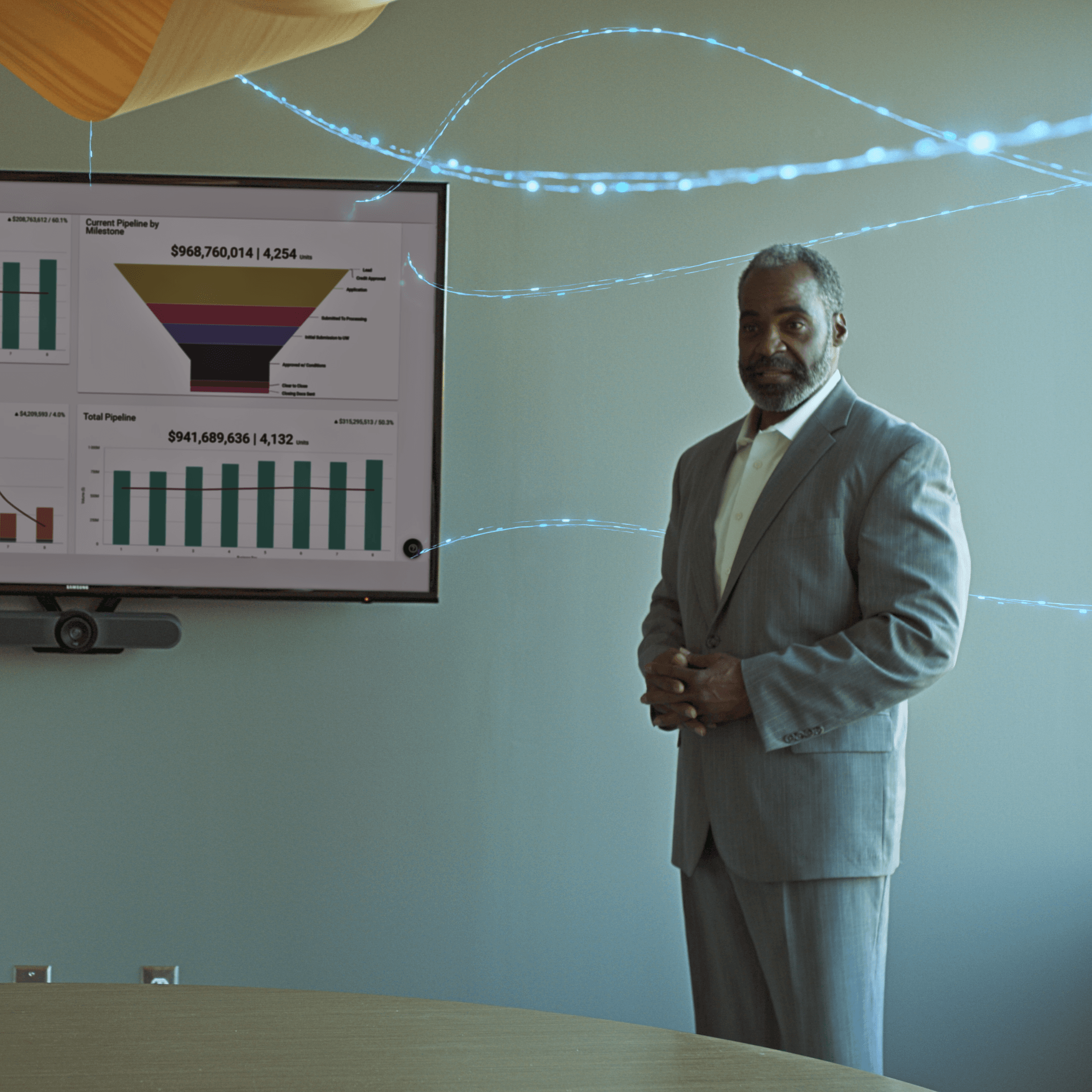Artificial intelligence is revolutionizing many traditional financial services, including credit decisioning. The evolution from traditional statistical models to AI-driven approaches marks a transformative shift in the financial industry. With AI integration, financial institutions will experience a fundamental change in how they assess and manage risk, ushering in a new era of efficiency and innovation.
The Past
In the past, credit decisioning, the process through which lenders evaluate the creditworthiness of potential borrowers, has been a time-consuming process. Traditional statistical models have always been the backbone of credit decisioning, offering a blend of historical data analysis, probability theory, and mathematical computation to predict future events, assess risks, and make informed decisions. At their core, traditional statistical models analyzed past data to forecast future outcomes.
The Present
Artificial Intelligence, specifically predictive AI, represents a significant advancement over these models, marking a transformative leap in how data is analyzed and utilized.
Lending tools that leverage predictive AI can enable financial institutions to access real-time metrics and decision points that shape the overall decision, providing even more clarity. This improved speed in credit decisioning allows financial institutions to take a proactive, rather than reactive, approach to risk.
What sets AI models apart from traditional statistical models in credit decisioning is their enhanced accuracy and proactive nature. This improved precision allows lenders to promote financial inclusivity by extending credit to an increased number of deserving businesses and individuals. Additionally, these models offer a diverse range of machine learning algorithms that aid in effective risk management and serviceability evaluation.
The Future
It’s important to remember that AI tools are powerful, but they’re not perfect. With the high stakes of the financial industry, it’s important to remember the possible flaws within this technology as we move towards an AI revolution.
“When you look at the ethical aspects of AI, you must be aware of some red flags," says Mark Doucette, Data and AI Leader. "For example, models built on historical data will make the same historical mistakes based on biases that existed then. As we build these models, we must take precautions with the same set to ensure it’s fair and equal. That can be tough, but it’s necessary.”
As financial institutions navigate the transformations that AI brings, its essential to embrace these innovations with a balanced approach, ensuring fairness and equality as they shape the future of credit decisioning. With the help of these new technologies, industry leaders will shape a world where financial services are more inclusive, intuitive, and impactful than ever before. To learn more about AI’s transformative power and integration into the financial sector, download our comprehensive white paper now.





